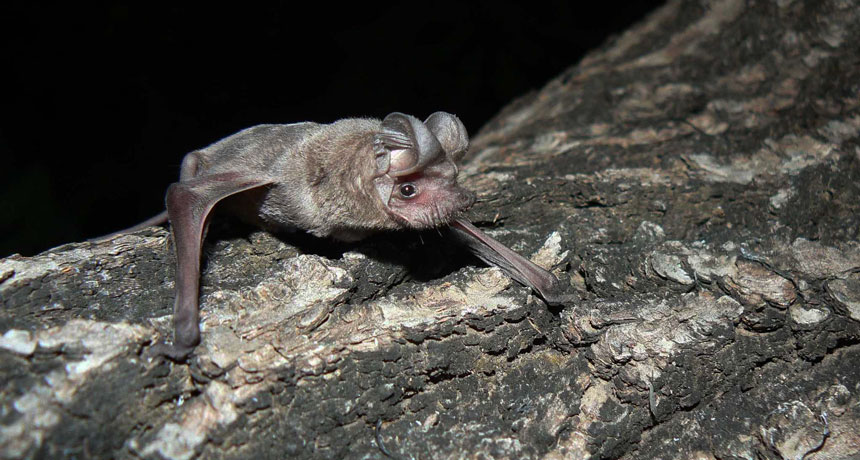A new Ebola species has been found in bats in Sierra Leone

A new species of Ebola virus has been discovered in bats in Sierra Leone, the country’s government announced July 26. Researchers looking to identify new viruses before the pathogens spill over into human populations found the new Ebola strain while sampling bats in the northern Bombali district. This is the sixth known species of the virus.
RNA analysis of the virus revealed that it is “definitely related to other Ebola viruses,” says Tracey Goldstein, a pathologist at University of California, Davis, who is with the virus-hunting PREDICT project. “But [it] was quite different.”
Goldstein and her colleagues confirmed that the Bombali virus can infect human cells, but they still don’t know whether or not it can cause disease in people. “It has the machinery” to enter a human cell, she says, but that doesn’t mean that it can make people sick.
Some species of Ebola, such as the Reston virus, can cause disease in nonhuman primates but do not sicken humans. Other species of the virus however, like the Zaire virus, have been responsible for widespread epidemics, including a recent outbreak in the Democratic Republic of Congo that killed 33 people (SN Online: 5/18/18) and an earlier one responsible for more than 11,000 deaths across West Africa (SN: 1/24/15, p.12).
“We don’t really know where on the spectrum [the Bombali virus] stands,” Goldstein says. PREDICT and its partners are continuing to study the virus, and are educating people in the Bombali region to stay away from bats. At this point, Goldstein says, “I don’t think people should be alarmed.”